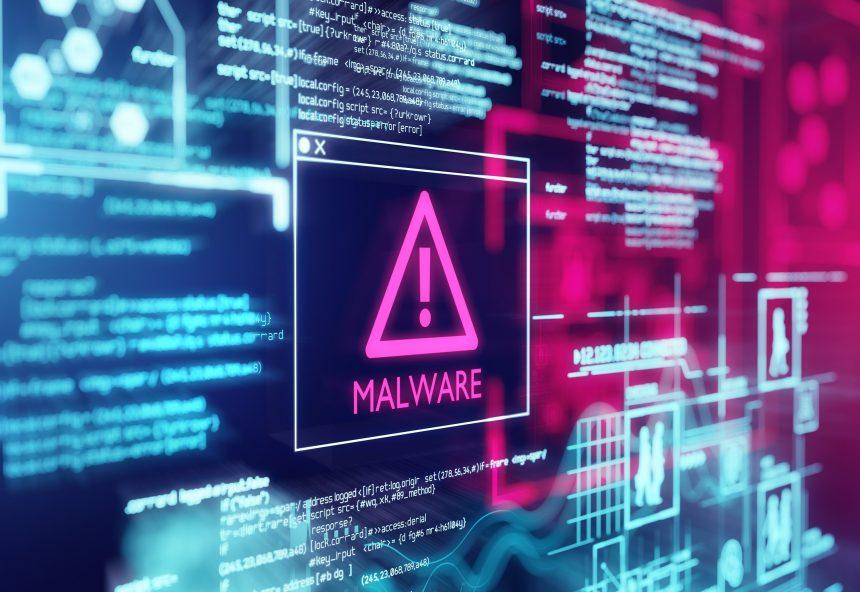Akira, a nefarious information-stealing malware, has recently emerged on the cybersecurity landscape. Available through a dedicated website operating as a Malware-as-a-Service (MaaS) under the alias ‘Akira Undetector,’ this sophisticated malware poses a significant threat to both individuals and organizations. In this article, we will delve into the nature of Akira, its distribution methods, ways to mitigate its risks, and best practices to bolster your defenses against such threats.
Understanding Akira: The Type of Malware
Akira is a versatile information-stealing malware that operates on a Malware-as-a-Service model. It enables malicious actors to infiltrate systems and extract sensitive data with ease. This perilous malware can discreetly exfiltrate data from web browsers, capturing login credentials, payment card information, and a wide array of system data. Akira employs a complex infection process, utilizing multiple layers of obfuscation to remain undetected, and it boasts its “Fully Undetectable” status.
Distribution Methods of Akira
Akira’s distribution method is facilitated through its dedicated web platform, where users can access this malware as a service. The threat actor behind Akira operates a Telegram channel for updates and command-and-control functions. This multifaceted approach allows for the efficient deployment of the malware.
Dealing with Akira: Mitigation and Removal
To mitigate the risks posed by Akira, consider the following steps:
- Stay Cautious: Be vigilant when dealing with suspicious links and email attachments. Even seemingly trustworthy sources can serve as conduits for infection and data theft.
- Strengthen Security: Fortify your system, network, and application security. Regularly update your software to patch vulnerabilities, and employ strong, unique passwords for online accounts.
- Use Anti-Malware Software: Ensure that you have up-to-date anti-malware software installed on your system. Regularly run scans to detect and remove malware.
- Educate Users: Organizations should educate their employees about the dangers of malware and the importance of following security best practices.
Best Practices for Avoiding Akira and Similar Threats
In addition to dealing with Akira when it surfaces, implementing these best practices can help you avoid falling victim to such threats in the first place:
- Regular Backups: Frequently back up your important data to an offline or cloud-based service. This can help you recover your data if it’s compromised.
- Email Vigilance: Be cautious when opening email attachments, especially if the sender is unfamiliar. Verify the legitimacy of emails before clicking on links or downloading attachments.
- Software Updates: Keep your operating system and all software up to date with the latest security patches and updates to minimize vulnerabilities.
- Multifactor Authentication (MFA): Enable MFA for your online accounts whenever possible. This adds an extra layer of security by requiring multiple forms of verification to access your accounts.
Conclusion
Akira represents a growing threat in the realm of information-stealing malware. Its MaaS model, sophisticated obfuscation techniques, and the adaptability of threat actors make it a formidable adversary. By understanding the nature of this malware, staying vigilant, and following best practices for cybersecurity, individuals and organizations can enhance their defenses against Akira and similar threats. Prevention and education remain key components of a comprehensive cybersecurity strategy.





